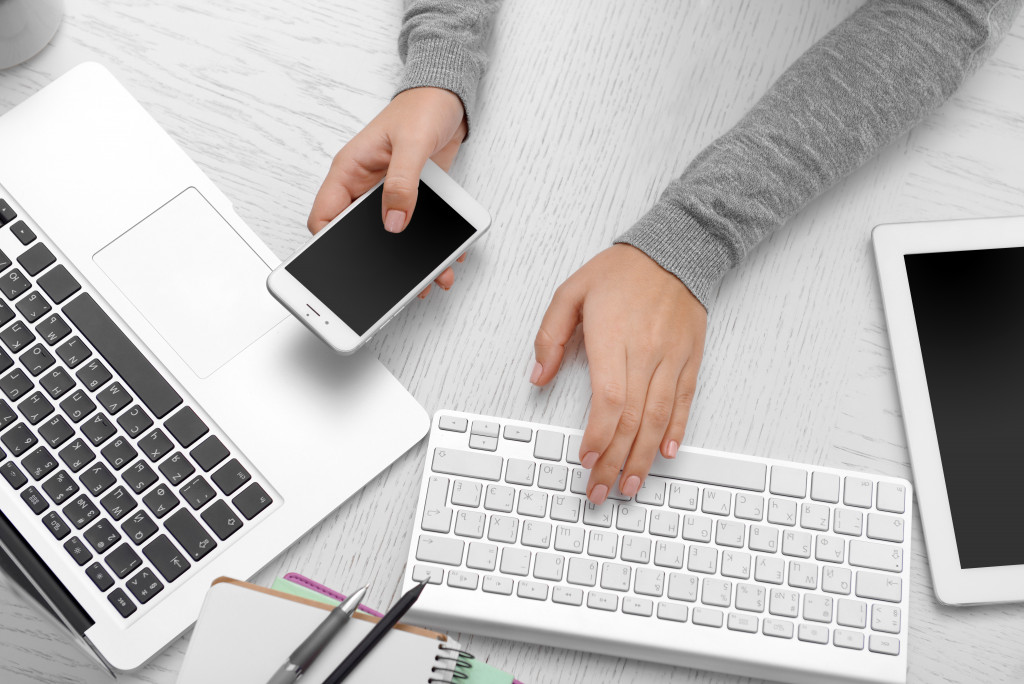You can be a businessman or student who likes to be on the go. For you to fulfill your duties, you must have a lineup of mobile devices to aid you. Laptops and smartphones could be considered as givens, but you can also have sleeker stuff like tablets, handheld consoles, and smartwatches at your disposal. One thing that you may require on your travels is having a power socket nearby because some of these gadgets can be power-hungry. Having modern processors and bright screens could bring up your usage time to around three to five hours. If you find that lacking, you might be wondering why don’t manufacturers slap in a large battery in their products. Well, that is easier said than done.
The Current State
How is today’s battery technology handling the demands of the hardware they are powering? Here is a breakdown for some of the most popular gadgets right now:
- Laptops built for office or student tasks are lucky to eke out more than five hours of usage, but some models can go up to ten hours with ease. A battery’s capacity is measured in terms of milliamp hours or mAh, and these portable computers usually come equipped with around 6,000 mAh.
- Tablets also come in with batteries that have about 6,000 mAh. You will be able to get around ten hours of usage with that. It should be more than enough to keep your kids busy when you are on a long trip.
- Smartphones should at least give you a full day’s worth of functionality before you beg for a power socket. Flagship models these days come with cells that have 4,000 mAh or more.
- For the music buffs and audiophiles, they enjoy 30 hours of listening time on their wireless headphones before recharging. Most of these cans are built with batteries that have more than 500 mAh.
- Many smartwatches claim a battery life of about one to two days before recharging. That is just right due to its wearable nature. You do not want to remove that from your wrist constantly, do you?
Balancing Battery Life and Performance

There is a huge disparity between different types of gadgets when it comes to hours of usage. It all comes down to what the purpose is relative to the battery size. Balancing battery life and performance is like having your own fuel management system. You need to know everything that goes on under the hood and adjust your driving behavior if you want to maximize what is in your tank.
For laptops, the speed of the processor, the type of screen, and all of its other parts contribute to how long you can use it. Word processors and internet browsing do not eat up as much juice as watching a video. The latter taxes the graphics processor a bit, and that will result in more drain for the battery. Another factor you have to consider is the cooling system. You can have one or more fans spinning and pushing the hot air out to keep your internal components cool. The storage drive is also one thing to take note of. Solid-state drives would drain less power than hard disk drives, owing to the former’s lack of moving parts. Laptops built for gaming have considerably more powerful hardware. Even with a larger battery, they could go by them in less than three hours.
Compared to an office laptop that also has a 6,000 mAh battery, tablets will still get more hours out of it because they have less powerful processors and are cooled passively. They are built mainly for browsing the internet and some multimedia activities. You can also game on these devices, but that will result in shorter usage time.
Other devices like smartwatches and wireless headphones are scaled way down in terms of components and functionality, and that is why they can last significantly longer.
Manufacturers consider a lot of things before deciding on what battery size they will put in their products. Of course, the ultimate concern is with safety. Battery cells could catch fire or explode when exposed to the air. There could be components that could heat up quickly, such as the processors on your laptops or smartphones. They have compact designs, so they have to be sure that the heat generated would not affect all the other parts.
What Are Your Options?
There is a lot you can do to extend the hours of your usage. Laptops have different profiles for power saving. So if you are on the go, you can select the one that gives you the longest time. This way, you do not have to fiddle with individual settings. In general, lowering the brightness of your screens could help too.
For external solutions, power banks are the most convenient around. It serves as an extra battery for your device. During sunny days, you can try using solar panel chargers. That should give your gadgets additional juice that would last you for the rest of your day.
Batteries and hardware are tricky to manage. It is a balancing act where you have to consider the want of driving extreme performance and safety. Slapping in a big battery is possible, but placing that in proximity to hot components will be dangerous to the user. So learn to manage how you use your gadgets to make the most out of them during the day.


